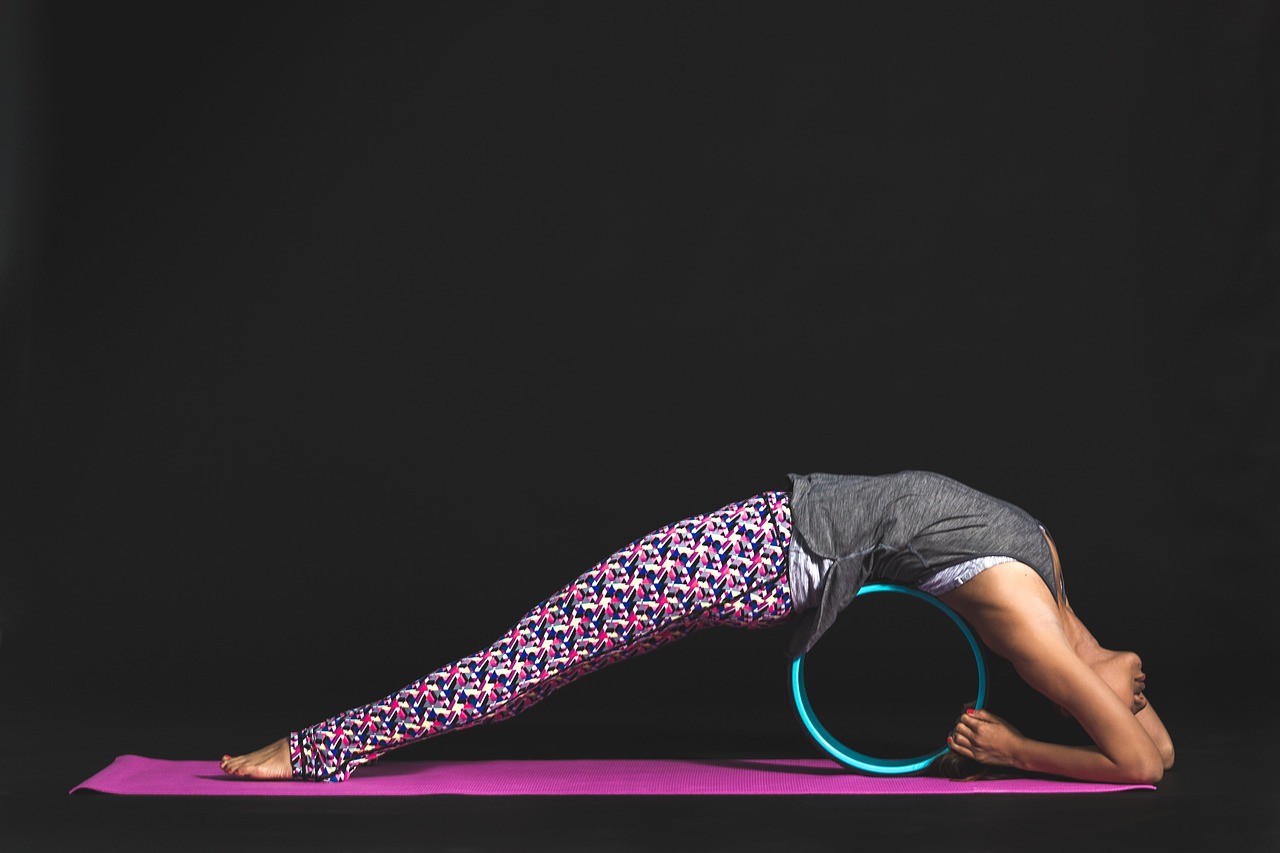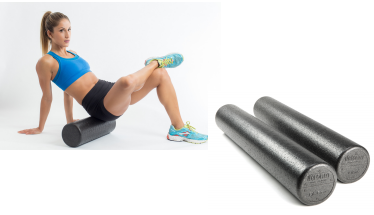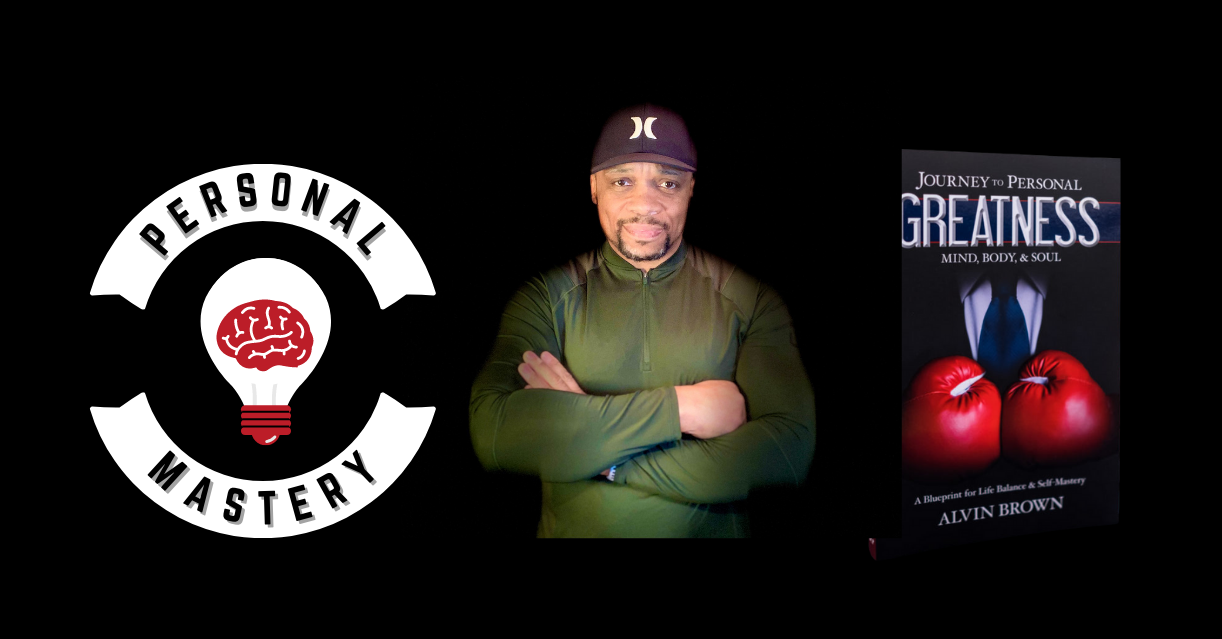ROCK AND ROLLING

 Foam rolling has become increasingly popular in the realm of both rehabilitation and fitness. I have some patients who do it regularly and understand its importance, some who have seen others doing it in the gym but are too nervous to try it, and still others who have never even heard of it. I believe the foam roller is a great tool to use in home care, and I recommend it to many of my patients not only during rehabilitation, but as a regular part of their fitness routine. This month, I thought it would be prudent to speak to what foam rolling is, why it is important, how to do it, and what exactly the benefits are.
Foam rolling has become increasingly popular in the realm of both rehabilitation and fitness. I have some patients who do it regularly and understand its importance, some who have seen others doing it in the gym but are too nervous to try it, and still others who have never even heard of it. I believe the foam roller is a great tool to use in home care, and I recommend it to many of my patients not only during rehabilitation, but as a regular part of their fitness routine. This month, I thought it would be prudent to speak to what foam rolling is, why it is important, how to do it, and what exactly the benefits are.
To start, let’s talk about our muscles. We use our muscles constantly, whether we are talking, typing on a computer, walking, or doing intense workouts in the gym. When stress is put on our muscles, especially when performing a repetitive activity or exercising, we create small microtears and swelling in the tissue. Over time, scar tissue and adhesions can develop in the muscle as a result of the normal healing process. Scar tissue and adhesions lead to decreased flexibility and mobility in the soft tissue which alters normal biomechanics, and can eventually lead to major dysfunctions which cause pain and loss of function. Manual therapists often use myofascial release – myo referring to muscle and fascial referring to fascia – to treat soft tissue restrictions by applying a low load force to the restricted area for a prolonged period of time. Foam rolling is a type of self-myofasical release. This means you can perform foam rolling in the comfort of your own home and enjoy benefits similar to a deep tissue massage – saving you time, money, and most importantly – saving you from injury!
So how does foam rolling or self-myofascial release work? Foam rolling provides deep compression to the muscle and the surrounding layers of soft tissue to help to break up scar tissue, adhesions, and tight muscle tissue. This pressure also allows normal return of blood flow to the area, allows a more efficient exchange of nutrients on a cellular level, improves cellular function, and improves inter-cellular communication. As a result of the changes at the cellular level, patients will notice the following benefits:
- increased flexibility
- increased mobility
- decreased tension
- decreased pain
- decreased injury
- improvement in performance
- faster recovery
Experts recommended foam rolling pre- and post-workout. However, if you are limited for time, foam rolling at the beginning of your workout will give you the most bang for your buck. Foam rolling at the beginning of your workout will increase flexibility, mobility, and blood flow which will allow for better overall performance. Studies are finding that foam rolling is more effective in preventing injuries than static stretching when performed pre-workout. Static stretching stimulates receptors called muscle spindles which actually make the muscle over-active. Static stretching before the workout can also weaken the muscle, so you cannot produce as much force during your workout. The deep pressure of foam rolling stimulates receptors called Golgi tendon organs which allow the tissue to relax, preparing it for movement, and decreasing the rate of injury. If you have the time, foam rolling is also beneficial postworkout as it flushes out any build up of toxins or lactic acid in the muscle and increases blood flow to promote healing and recovery
One of the most frequently asked questions about the foam roller is whether or not there is a specific technique to using it. Luckily, it is very easy to do! The first step is locating the area(s) where there are tight muscles and/or trigger points. If you do not know where your tight areas are, start rolling using a moderate amount of pressure until you find a tender spot. You want to move through the muscle group slowly, at approximately one inch per second. Once you find a tender spot, stop and hold it there until the tenderness dissipates. This may take anywhere from a few seconds to a minute. It will be painful, but should not be unbearable. If the pain is too much, decrease the amount of pressure you are putting on the area by lifting your body up and away from the foam roller. You can repeat this process for any tender areas you might find, spending a total of 5-10 minutes foam rolling. Make sure to drink plenty of water once you are done to flush out any toxins released in the process. You may feel sore the following day, especially if you are new to the process, but the pain should decrease within 24-48 hours. Epsom salt baths can help with the soreness if you feel like you need it. Daily foam rolling is optimal, but if you are new to it and have many tender areas, I would recommend rolling every other day just to give your body some amount of recovery.

